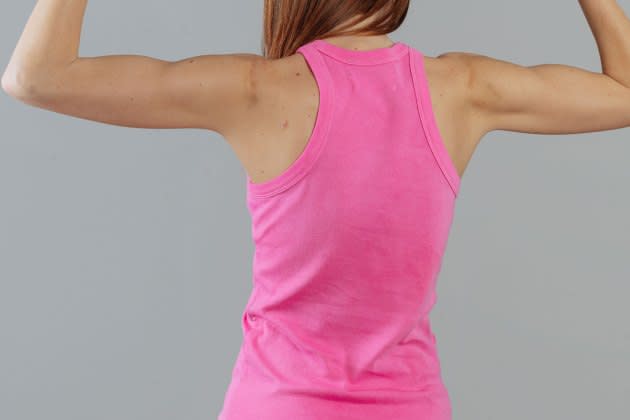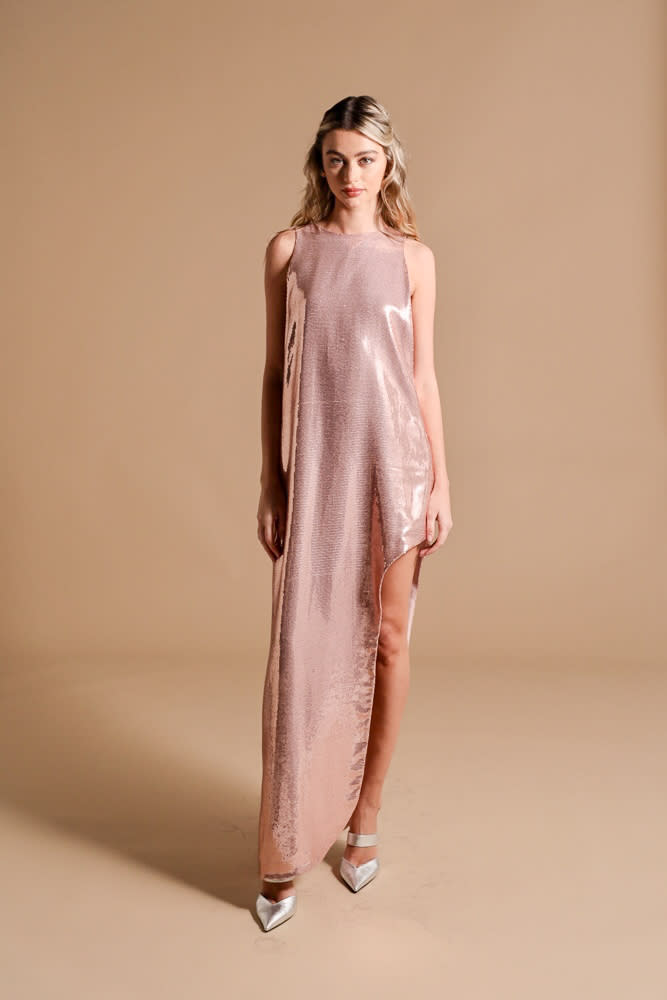Better Barbiecore? Brands Weigh Conflicting Sustainability Messages

Greta Gerwig’s “Barbie” movie starring Margot Robbie has been a boon for brands even prior to its Friday release. Everyone from Crocs, Primark, Boohoo, Aldo, Pacsun, Kendra Scott, Béis to Superga have jumped on the Barbie bandwagon (or backseat of her hot pink convertible), dropping products and capsule collections.
A 1997 song by Aqua titled “Barbie Girl” captures Barbiecore’s cultural zeitgeist in a few lyrics: “Life in plastic, it’s fantastic.” Even a novice glimpse at the latest collabs reveals priority materials spanning thermoplastic polyurethane, polyvinyl chloride, polyester, acrylic rhinestones and the like. In other words — it’s plastic.
More from WWD
Ironically, this month is dubbed “Plastic Free July” per the Plastic Free Foundation’s annual consumer campaign to tackle plastic pollution. And as textile trade shows showcased in New York this week, diversified sourcing strategies and reduced reliance on fossil fuels is paramount to industry sustainability aims.
Toy maker, and Barbie inventor, Mattel is also bent on sharpening its sustainability stance.
One of Mattel’s sustainable design and development goals is to achieve 100 percent recycled, recyclable or bio-based plastic materials in its products and packaging by 2030. In 2021, Mattel reported 97.9 percent recycled or FSC-certified content in the paper and wood fiber used in its products and packaging. Though the company does not report Scope 3, or indirect emissions, it catalogues other outputs. Unlike major fashion players, Mattel actually reports production volume. In 2021, Mattel reported 751.4 million units (up from 722.3 million in 2020).
Speaking of the do-it-all doll herself, in July 2021, Mattel introduced “Barbie Loves the Ocean,” its first fashion doll line made from recycled ocean-bound plastic. The Barbie Loves the Ocean Collection includes three dolls and an accompanying Beach Shack playset and accessories, all made from at least 90 percent recycled plastic.
Sustainably-minded brands wanting to find their way in the sea of Barbie merch endeavored to stay true to their roots.
Conscious luxury brand Kaiane Designs put its own spin on Barbiecore fashion, using the craze to re-up demand for its existing resortwear. This includes styles like its shell pink asymmetric Kyra dress for $817. The garments are made-to-order (countering the pink consumption craze preceding the movie). Materials span sequin-embellished silk chiffon.

Meanwhile, clean underwear brand The Big Favorite took to Instagram to announce its vivid “Better Barbie” collection, including a fuchsia thong, tank, bikini and turtleneck (ranging from $24 to $65). In contrast to the plastic-fantastic excess, the line uses mineral dyes and majority cotton (save for the one-fourth-inch elastic band in the underwear).
“The Big Favorite’s vision for the future is simple, clean, iconic basics that don’t compromise for our customers or the planet; that means no compromise on color either,” said founder Eleanor Turner. “With the upcoming release of the “Barbie” movie, we knew there was a better way to offer the iconic hot pink color that Barbie is known for without the harsh chemical dyes or synthetic fabrics. We were able to use a special non-azo, mineral-based dye that is low-impact, biodegradable and eco-friendly on our 100-percent plastic-free Pima Cotton basics.”
Another fashion business owner commended Barbie for her wardrobe versatility.
“We all hear that the most sustainable way to shop is to buy less and buy better,” said Kristen Fanarakis, owner of Los Angeles-based Senza Tempo Fashion. “Why not buy less and make it do more — just like Day-to-Night Barbie.”
Best of WWD


